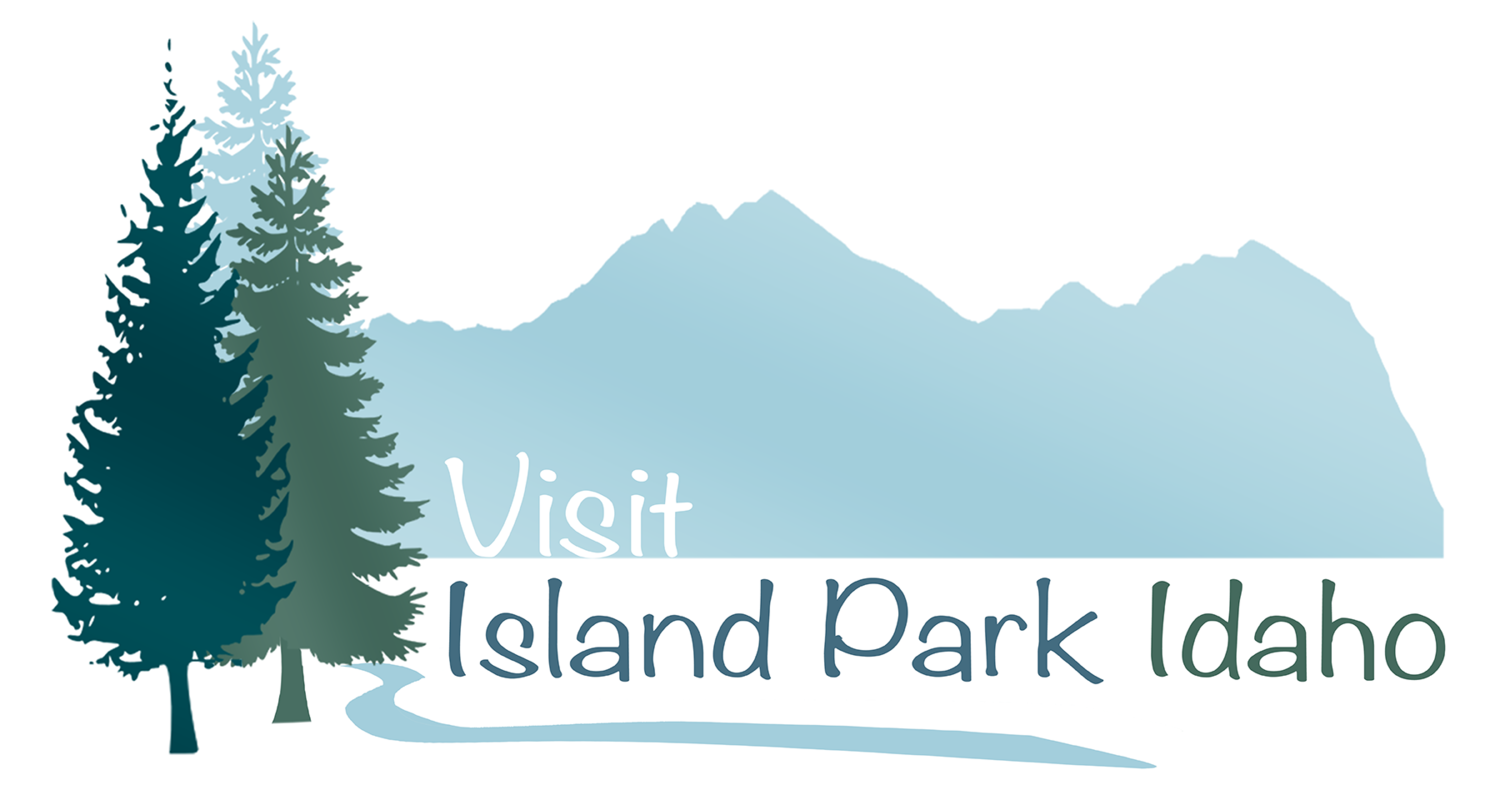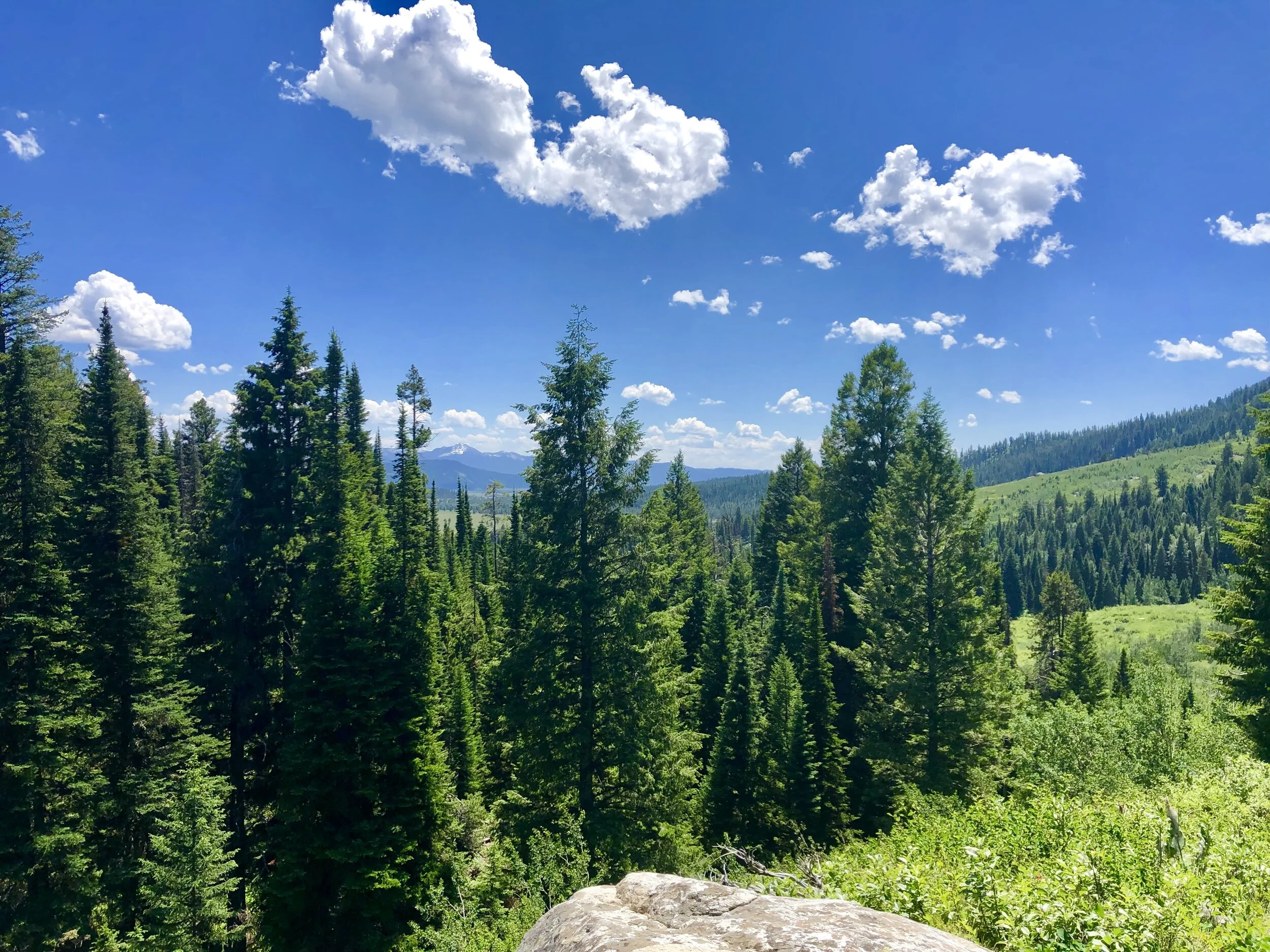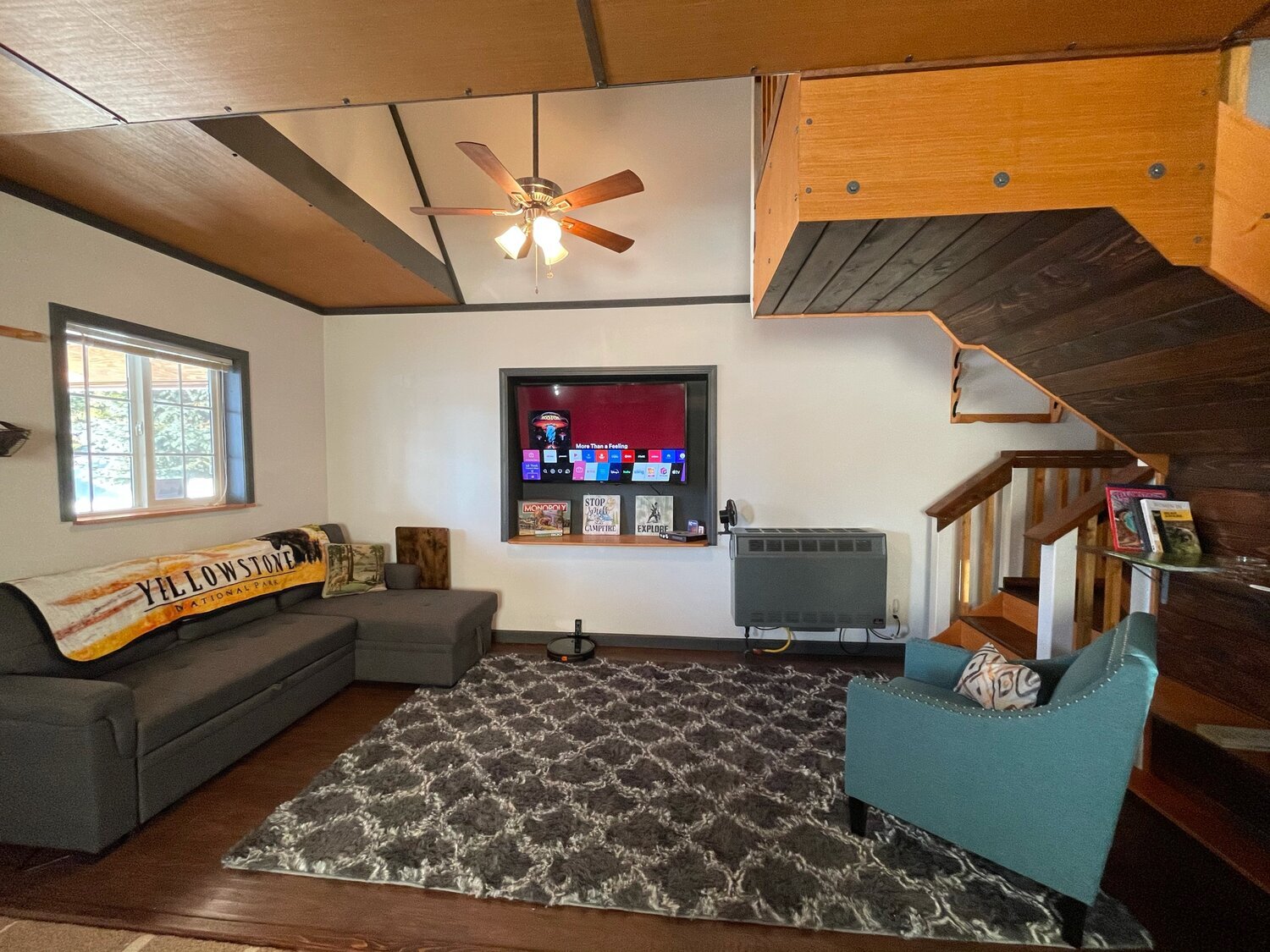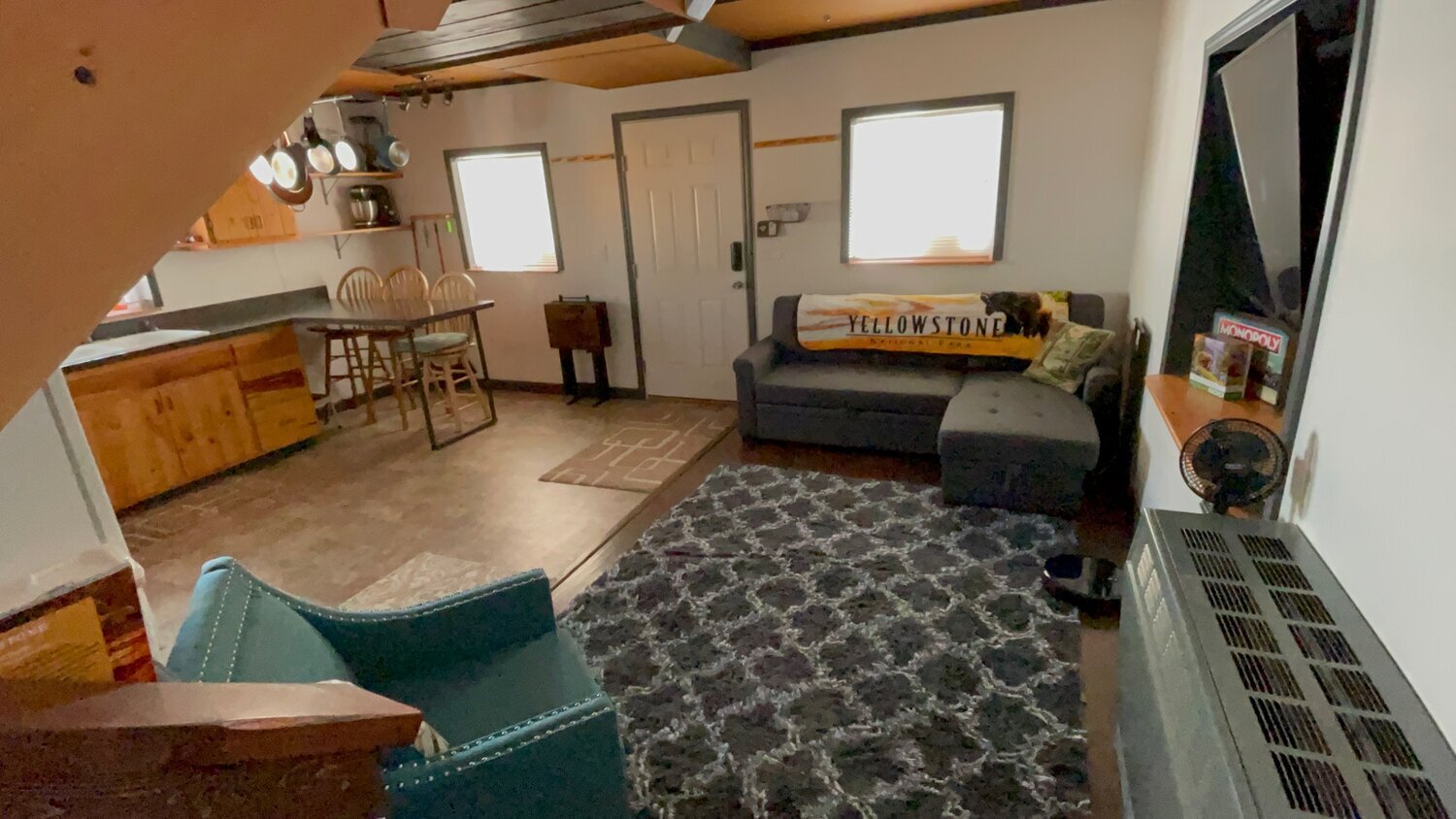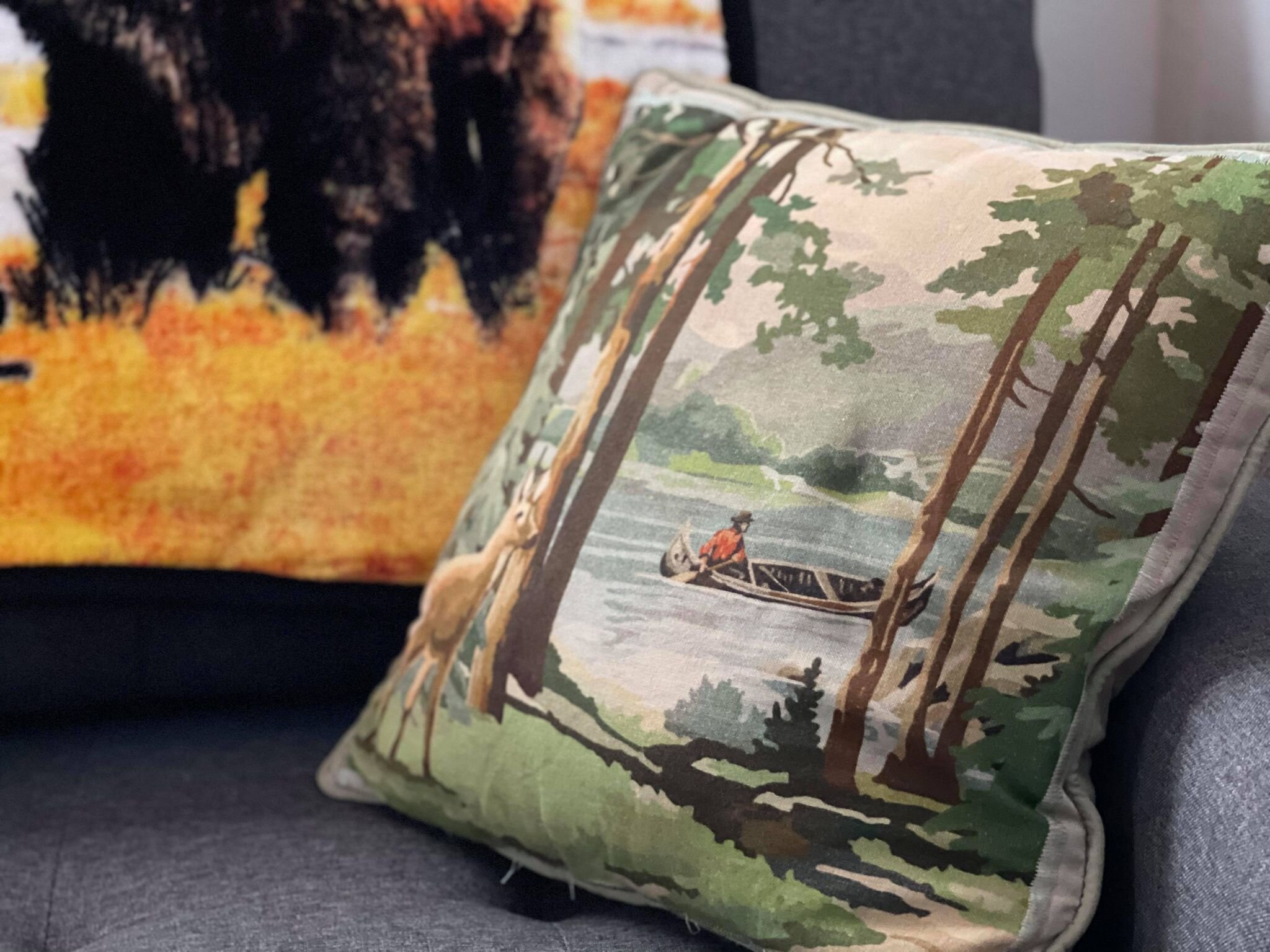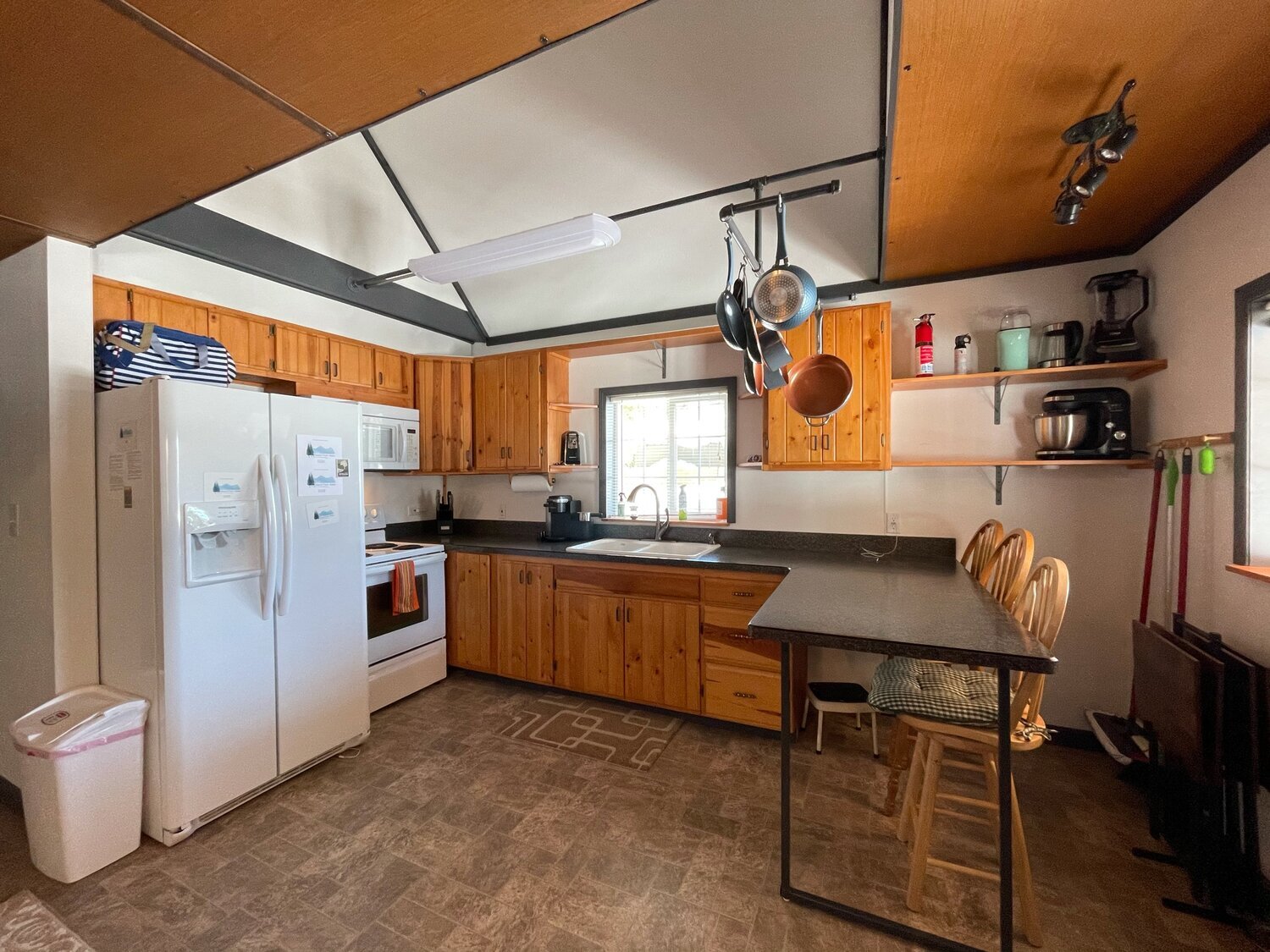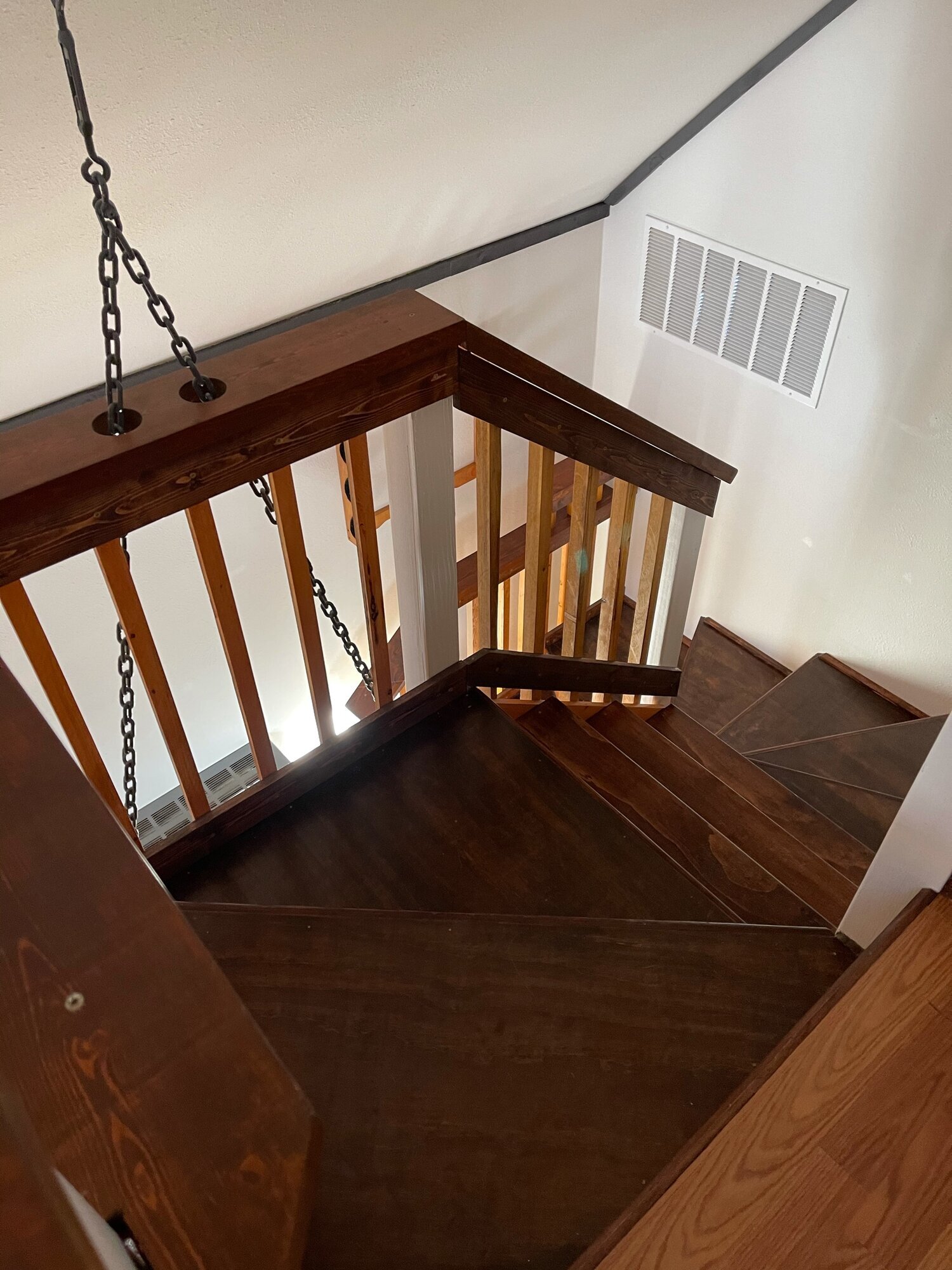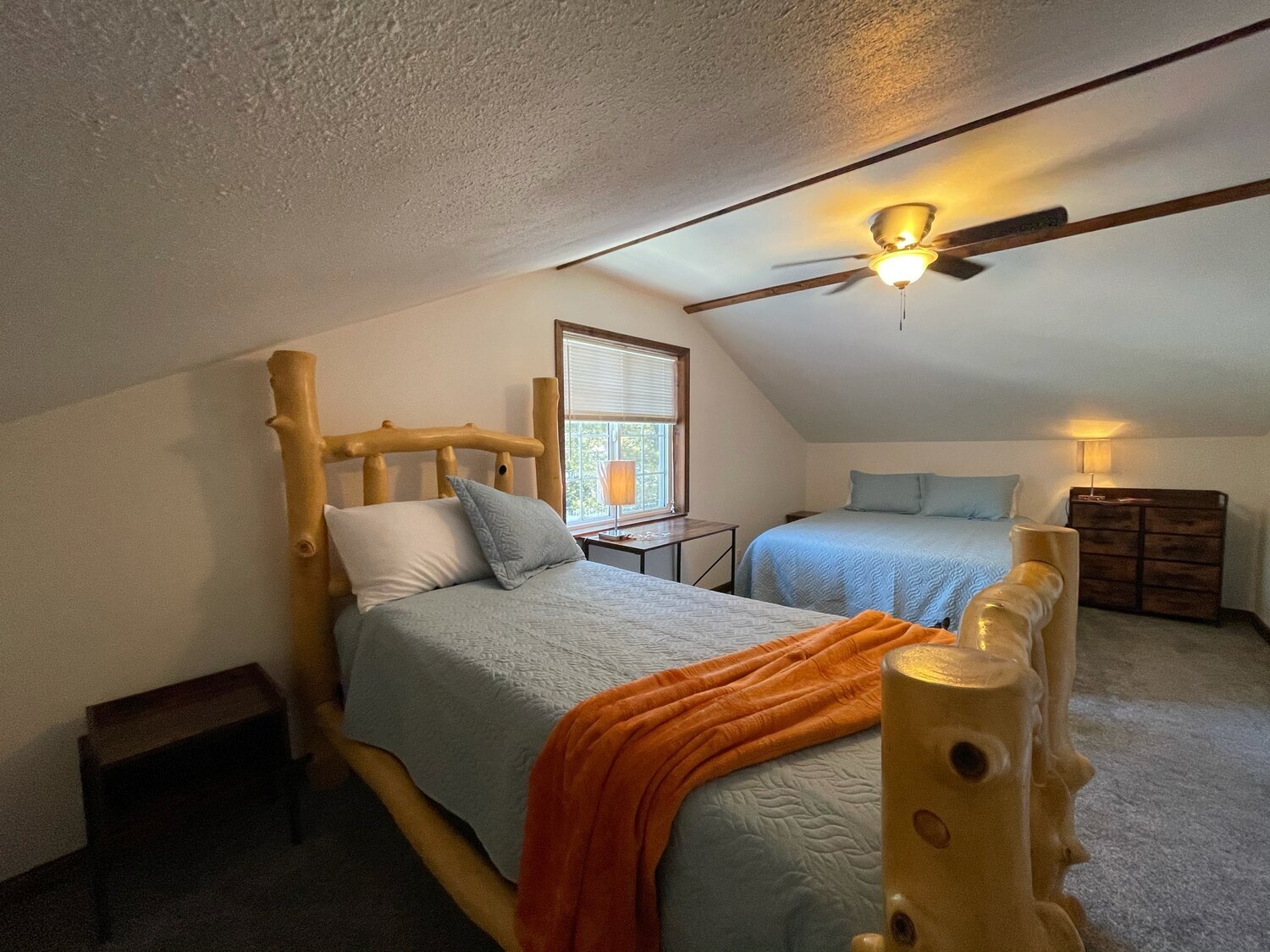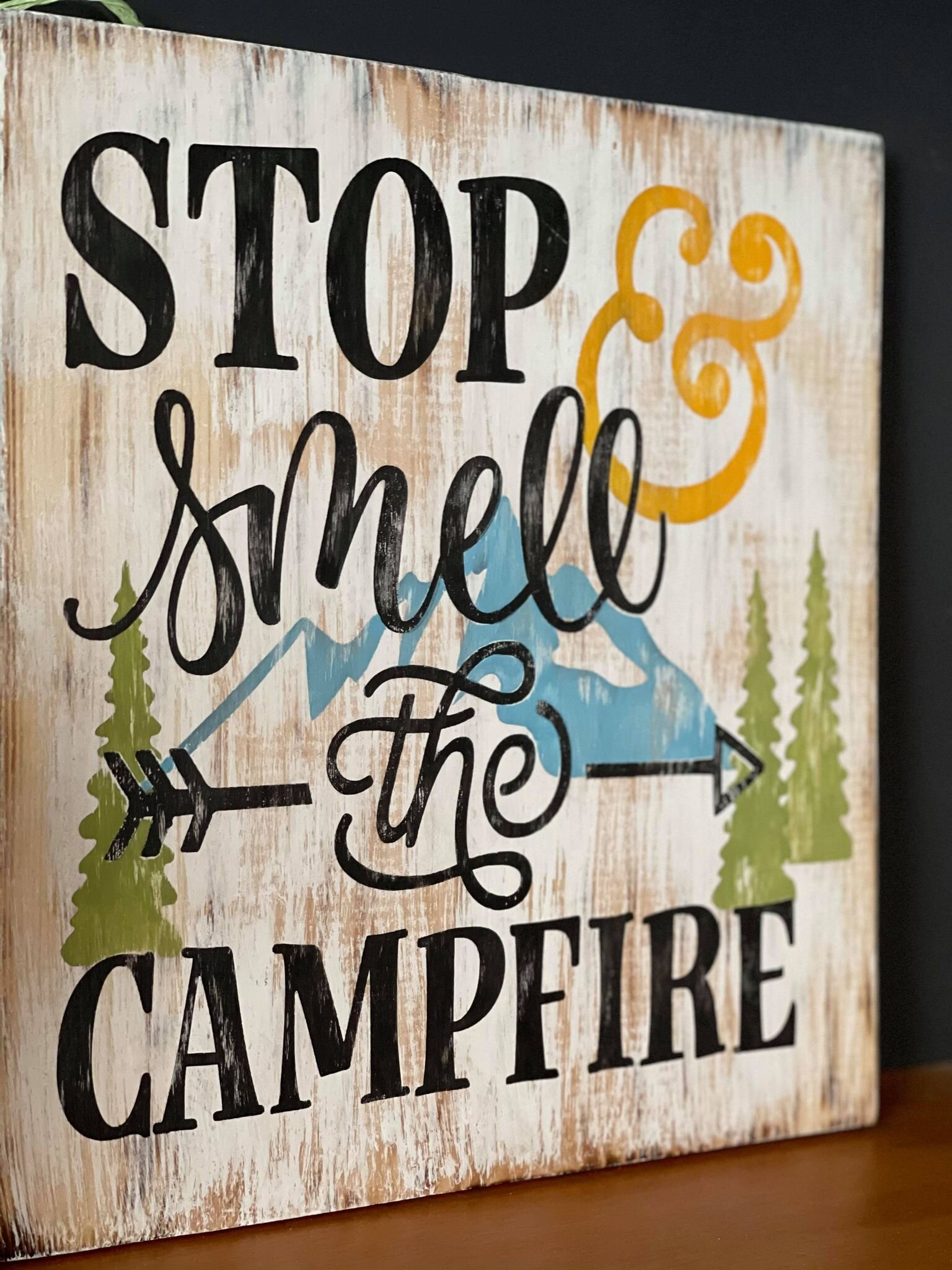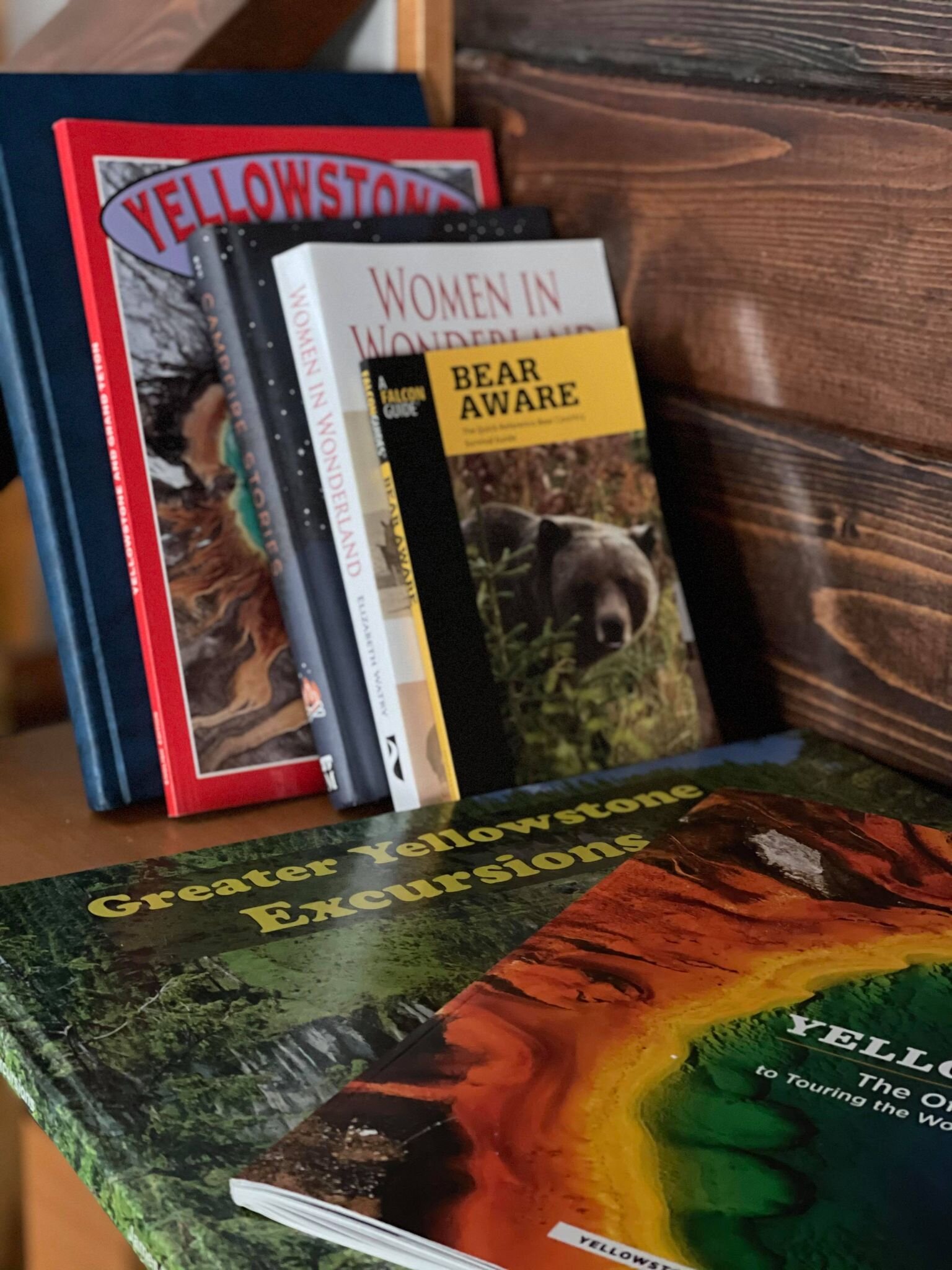Hidden Montana—The Road Bound
/Island Park, with activities for every pursuit, is especially famous for its myriad of unique waterbodies. Whether you’re a fly fisherman carefully drifting dries to a native cutthroat on the Henry’s Fork, a family enjoying a day spin fishing at one of the reservoirs, a group floating the lazy Mack’s Inn portion of the Snake, or someone who enjoys the faster pace of powered water sports at Island Park Reservoir, the ways to utilize the water features in the area are endless. With all the ways to recreate on the water here in Island Park, the only limiting factor is your imagination and willingness to explore new places. Just a short drive north across the Montana border is another chain of lakes that allow for the same level of recreation with an added sense of exploration and isolation.
There is a lesser-known remote chain of lakes on an isolated watershed that allows for both vehicle access and hike-in access, depending on the adventurer’s level of comfort and desire for solitude. Accessible from two different directions, this chain of lakes runs approximately 13 miles from the southern tip of the chain at Elk Lake to the northern tip at Wade Lake and facilitates hiking, boating, fishing, and wildlife viewing. This watershed resides deep within a geological fault line that exposed a portion of the aquifer beneath, allowing for an entirely isolated aquatic ecosystem. Within the canyon, there are numerous opportunities for wildlife viewing, landscape viewing, and fishing in an area that is little-known outside of local knowledge. Out of the six lakes in the valley, three are road-bound and three are hike-in access only.
Wade Lake
From the northern-most end of the system, Wade lake is the most developed and highly utilized lake in the chain. From Highway 287, turn onto the Three Dollar Bridge access point, approximately one mile west of the Highway 287/87 junction. Follow this road through the high sage country, keeping an eye out for antelope and the occasional elk herd, until you reach a fork down in a canyon with a sign that identifies Wade and Cliff Lakes. Veer right at the fork and continue up out of the canyon and cross over the mountain into the fault canyon on the other side. After going down a series of switch backs, you’ll encounter another fork. Here, you may veer right to Wade Lake or left for Cliff Lake. Once you drop into Wade lake, there is a day use area and a campground that has a boat launch. With deep and clear waters, you can boat and fish to your hearts content. Although the most heavily fished lake in the chain, Wade Lake produced the 29-pound Montana state-record brown trout in 1966 and is still a very productive fishery for trophy browns and rainbow trout.
Cliff Lake
A left turn at the final fork brings you to Wade’s southern neighbor, Cliff Lake. Here, the crystal-clear water pairs with the light stone floor and the steep drop-offs to the lake floor to produce a beach-esque vibe that is unique within the region. The large beach area and the multiple launch points on the north end of the lake make this a perennial favorite for human powered watersports such as kayaking, paddleboarding, swimming, and simply lounging. This lake is the longest lake in the chain and provides miles of hiking around the perimeter and excellent fishing, in addition to the other recreational activities in the lake. Here, there are both rainbow and cutthroat trout and, depending on the time of year, they can be sight fished in the shallow ends or trolled in the deeper portions against the cliff walls. Spin fishing can be productive with spoons, small crank baits, and trolling equipment, while fly fisherman can enjoy a productive day by throwing leech imitations and light brown streamers, as well as some entertaining dry fly fishing at times. There is an additional access point on the east edge that is slightly better access for fishing but is somewhat less conducive to other watersports. Both Cliff and Wade Lakes are wake-free.
Elk Lake
Moving around to the south end of the chain, we can access the last road-bound portion of the chain. Elk Lake is accessible via the Red Rock preserve access road, starting just north of Henry’s Lake. From Highway 87, turn left onto Red Rock road at the north end of the 45-mph speed zone. Follow this road until you reach the junction at Duck Creek, where you continue straight. Follow this until you reach the Elk Lake turn and, again, veer right. Follow this until you approach the foothills of the mountain and crest the ridge. As you begin to pull into the fault canyon, you’ll be able to see the end of Elk lake. There are several access points to launch boats and float tubes and the lake boasts spectacular fishing, wildlife viewing, and swimming. There is a small restaurant and bar on site that is open sporadically throughout the year. Anglers here do well trolling spoons and flasher gear. Additionally, fly anglers do well with dark purple, brown, and black streamers and, at certain times, terrestrial dries. Furthermore, those in the know will chance throwing a mouse pattern along the bank in the early evening. The road leading to this lake can vary in quality and there is little in the way of resources on the route. With that in mind, this trip takes you through some spectacular country with ample wildlife viewing opportunities.
Although slightly off the beaten path, this chain of lakes has some of the most rewarding views and experiences in the area for those willing to put in the effort to get there.Due to the more remote nature of the region, even a trip to the road-bound lakes is often an entire day in the making.
And when you need a place to rest after such an amazing day of adventure, check out our cabins here close to Yellowstone.
A big thank you to Mike Jennings for contributing
